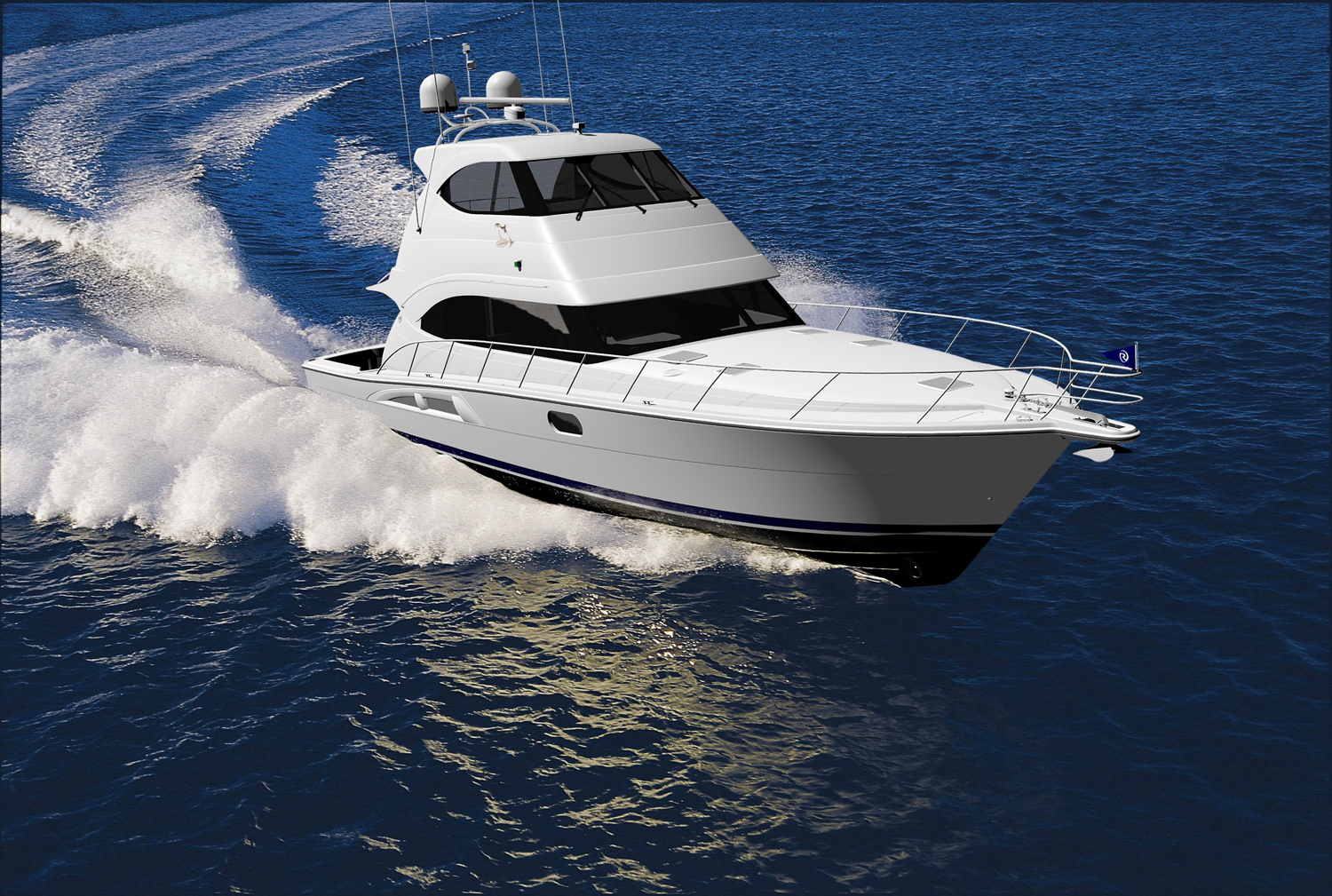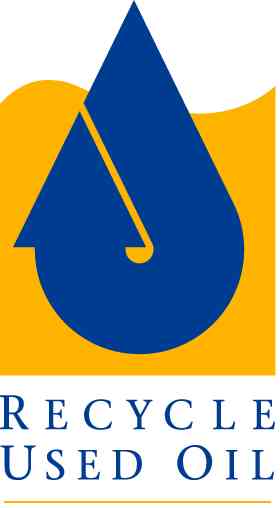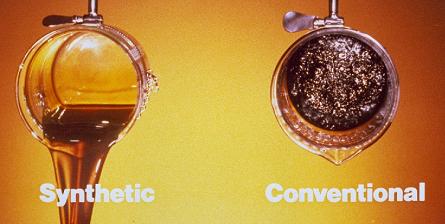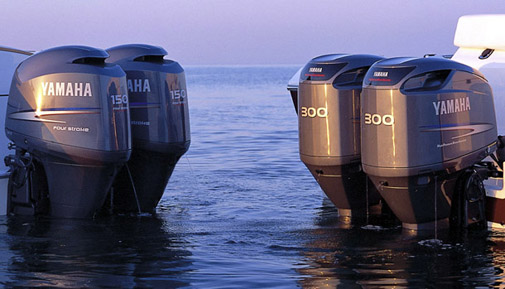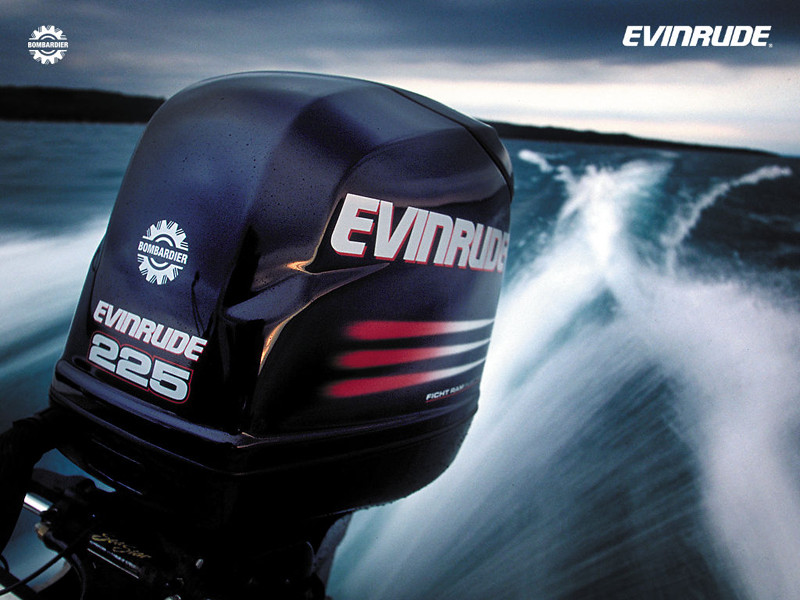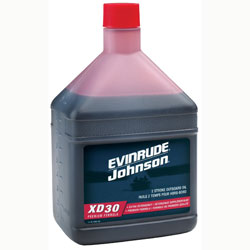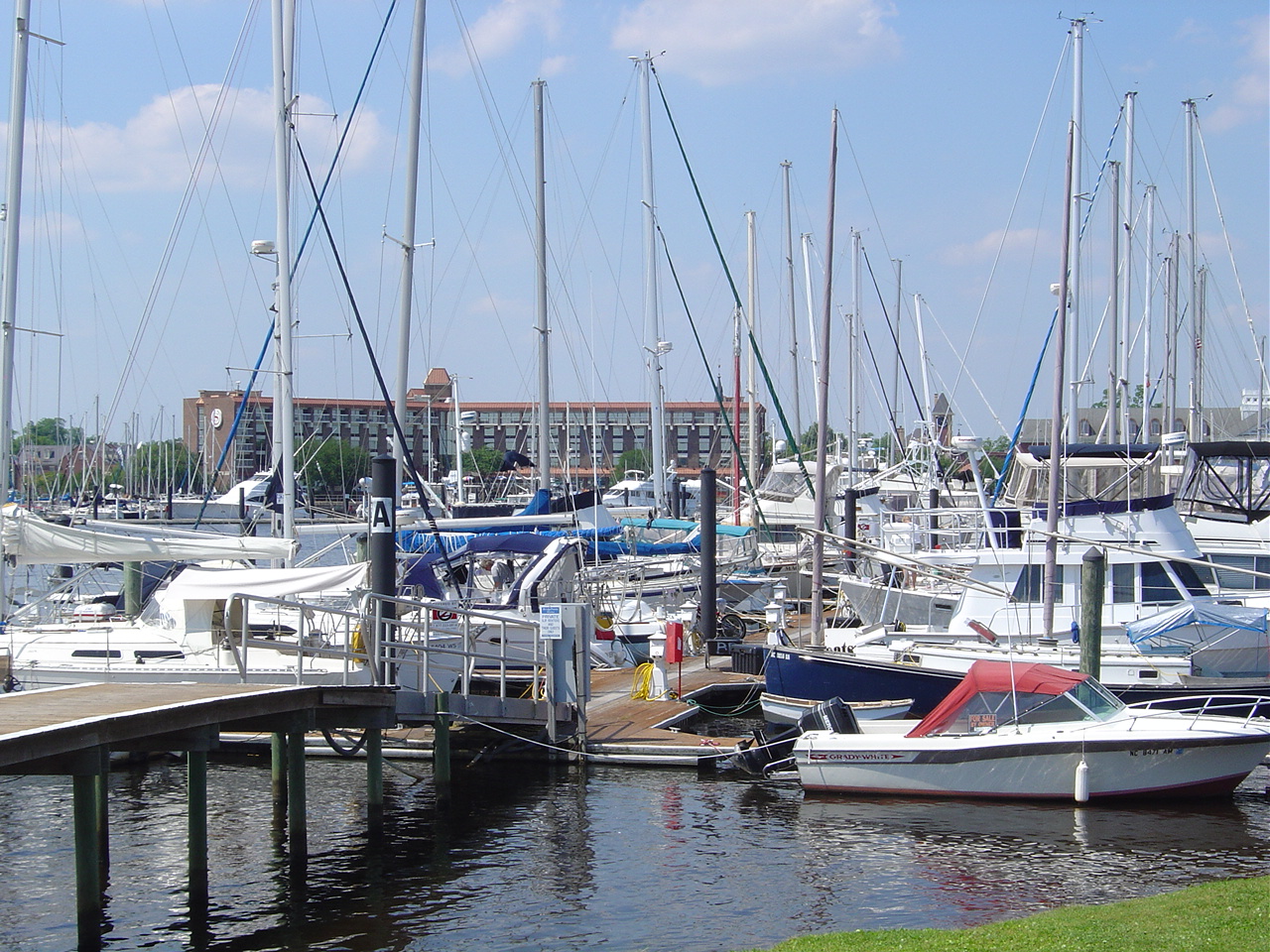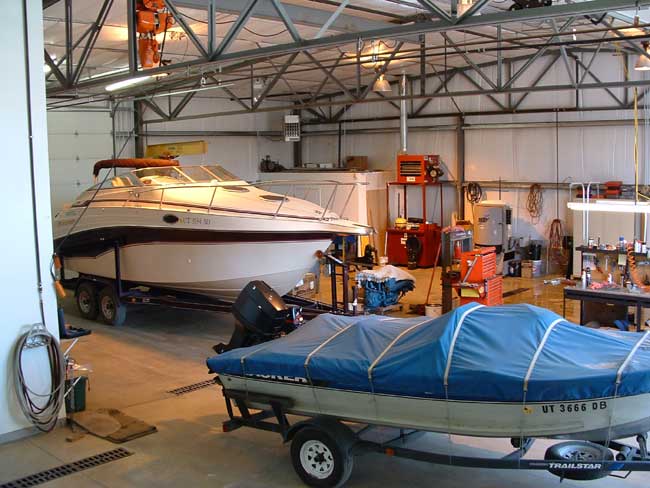How to Find an Oil Leak

Outboard motors are manufactured through different methods, and thus each engine tends to be unique. However, there are a few central locations of all engines that are prone to oil leaks – here’s where to look. If you find oil in the exhaust manifolds, most likely the valve covers are the cause of the leak. If you find oil on top of the motor but not elsewhere, it’s probably a lower intake rear gasket leak. If the engine is leaking oil from the rear and over the transmission, the likely cause is a rear main seal leak (commonly attributed to overfilling the engine). If motor oil is leaking from the front of the engine, it’s probably the front main seal.
Based on where you find the oil leak, there are various steps necessary to successfully repair it. Consult your user’s manual and contact a technician about parts and repairs. It’s also a good idea to stock up on Mercury oil to replace all the leaked oil from the engine.


